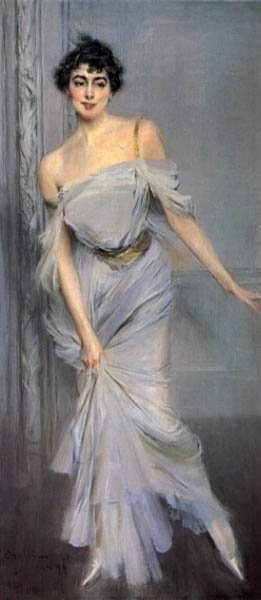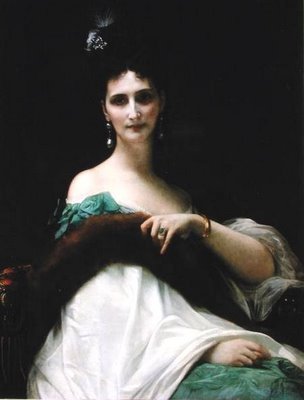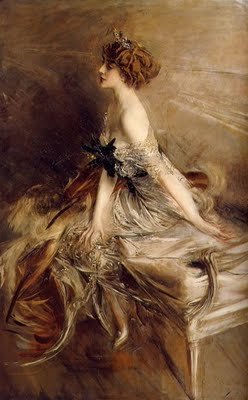Portrait Size

When you’re still learning to paint, deciding how large your portrait painting should be is not necessarily just a matter of – ‘What do I feel like today?’ There are a few things you should consider before you decide, including what kind of artist you are.




How much information do you have to paint from?
In Contrast is King I explained how the eye travels quickly over similarity but that its interest is held by contrast. This means that even if you are painting from a printed photo as large as A4 and you decide to do a very large portrait, as you blow it up in scale, you may find that you are left with large expanses of dull nothingness. Learning whether you will encounter this problem or not depends, to some extent, on the kind of artist you are. If you relish the opportunity to use a bit of free space to do your own thing then you may get away with it, but, if you tend to follow the information in front of you fairly rigidly until the later stages of your portrait, you will probably find you paint a fairly dull picture and can’t understand why - the image your were working from looked so interesting.
I said in Finding a Subject
that I believe you can do a portrait painting from a modern digital
photograph blown up on a pc screen and I still hold to that, but I
would keep it to a medium size. Even if you are just doing a head and
shoulder portrait, think about how much larger a real head and
shoulders sitting in front of you would be even compared to a pc
screen. This goes some way to explaining why portrait painters who paint large commissions, that are to be hang on the walls
of big houses, insist on working from models. To do a very large
portrait you do need a lot of information to work from. While working
from a photograph is fine, working from a model is easier. (Find an Artist's model)

How fast are you learning?
To some extent, if you do a large size portrait painting you should just use larger brushes and therefore it should take a similar amount of time to paint as a small portrait. However, in reality it doesn’t does it? It may not take double the time, but it does take a fair bit longer. Now I generally find that I learn one, maybe, if I’m lucky, two lessons from each painting I undertake. So, when I was sitting watching one of my favourite contemporary artists, Roger Dellar, doing a demonstration, a realisation hit me like a bolt out of the blue. ‘He’s started this painting this evening and he’s got the bulk of it done already. He’s going spend one more sitting doing the finishing touches and then it’ll be done.’
At the time I was taking more like seven or eight sessions to finish a single painting which could only mean one thing. At the current rate of progress I would be learning up to four times as slowly as he once did (I put that in the past tense, because I wouldn’t dream of suggesting that he had anything left to learn!). So, to reiterate, it would take me four years to learn what he’d taken one year to learn. In short, while I’m not saying you should only do miniatures, unless you are a very quick painter, I would not recommend embarking on large size masterpieces until you’ve got a lot of small to medium sized paintings under your belt. You will learn and improve a lot quicker.

Are portraits of giants scary?
As a general rule human beings tend to find pictures / paintings of heads and faces that are larger than life in size a bit unnerving. I used to paint murals in children’s bedrooms and I always made sure that any characters (nasty pirates and the like) were much smaller than a grown man and more akin to the size of the child. I didn’t want to risk giving the poor kids nightmares!
That said, I visited an exhibition by the Royal Portrait Society recently and there was one distinctly oversized portrait there which I didn’t find particularly sinister at all, so obviously that artist knows something I don’t. I guess that’s just another example of rules being there to be broken!

Summary
If you still feel you’ve got a lot to learn, I don't recommend embarking on portrait paintings that are huge in size; I believe you will learn a lot slower in the long run. Working from photos is another reason for doing medium size paintings as well. Do try to do some portraits from life, even if it’s just a self-portrait in the mirror, you should find it easier and you will learn alot.
Copyright Fiona Holt, 2024
